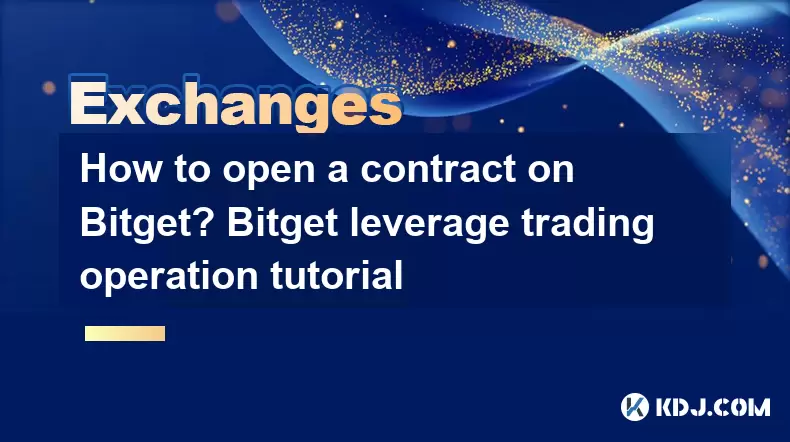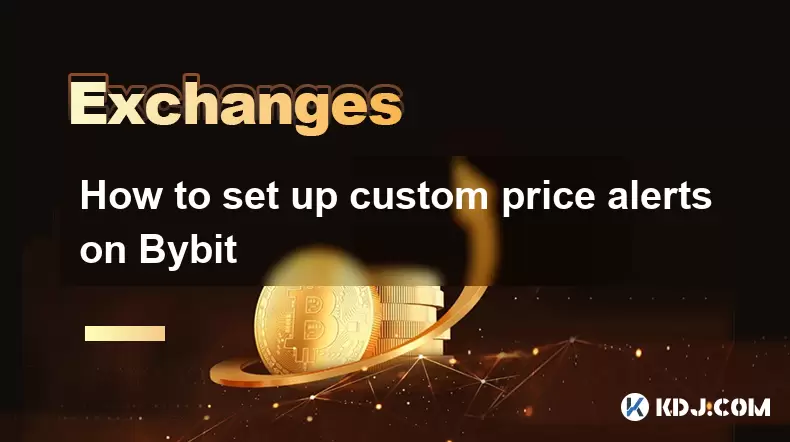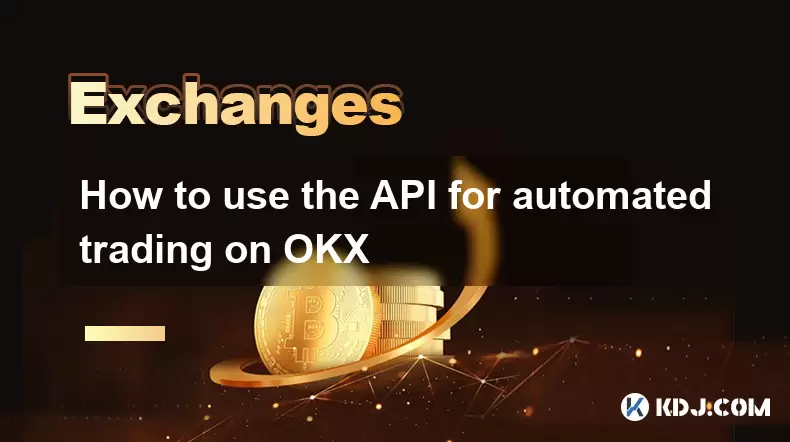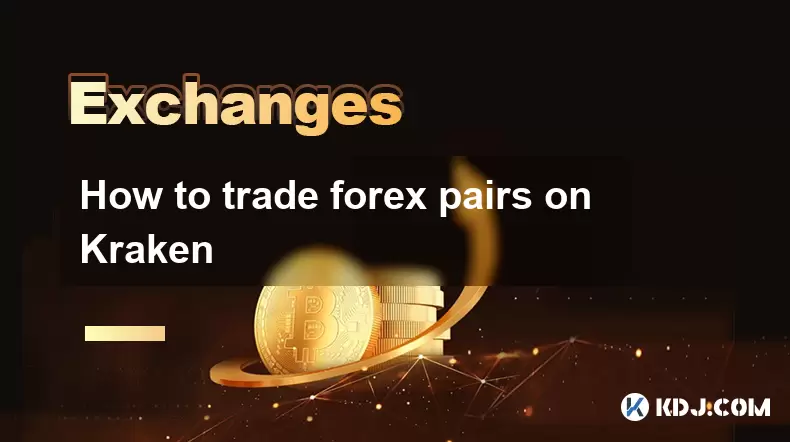-
 Bitcoin
Bitcoin $116400
0.87% -
 Ethereum
Ethereum $3819
3.86% -
 XRP
XRP $3.048
1.62% -
 Tether USDt
Tether USDt $1.000
0.03% -
 BNB
BNB $777.2
0.60% -
 Solana
Solana $169.3
0.46% -
 USDC
USDC $0.0000
0.02% -
 TRON
TRON $0.3414
2.06% -
 Dogecoin
Dogecoin $0.2126
3.33% -
 Cardano
Cardano $0.7527
1.21% -
 Hyperliquid
Hyperliquid $38.86
1.02% -
 Sui
Sui $3.683
5.27% -
 Stellar
Stellar $0.4048
1.45% -
 Chainlink
Chainlink $17.91
6.62% -
 Bitcoin Cash
Bitcoin Cash $576.9
1.29% -
 Hedera
Hedera $0.2487
1.03% -
 Ethena USDe
Ethena USDe $1.001
-0.01% -
 Avalanche
Avalanche $22.46
1.07% -
 Litecoin
Litecoin $120.8
1.69% -
 UNUS SED LEO
UNUS SED LEO $8.963
-0.30% -
 Toncoin
Toncoin $3.301
2.33% -
 Shiba Inu
Shiba Inu $0.00001250
1.13% -
 Uniswap
Uniswap $10.06
3.45% -
 Polkadot
Polkadot $3.731
1.56% -
 Dai
Dai $1.000
0.01% -
 Bitget Token
Bitget Token $4.416
1.58% -
 Cronos
Cronos $0.1482
3.73% -
 Monero
Monero $250.0
-12.34% -
 Pepe
Pepe $0.00001075
2.16% -
 Aave
Aave $274.6
4.17%
How to open a contract on Bitget? Bitget leverage trading operation tutorial
Opening a contract on Bitget involves navigating to the futures section, selecting a crypto pair, setting leverage, and choosing an order type to trade effectively.
May 28, 2025 at 09:35 am

Opening a contract on Bitget and understanding leverage trading can be a crucial step for anyone interested in cryptocurrency trading. Bitget is a popular platform that offers a variety of trading options, including futures and perpetual contracts. This tutorial will guide you through the process of opening a contract and provide a detailed explanation of how to operate leverage trading on Bitget.
Getting Started with Bitget
Before you can open a contract on Bitget, you need to ensure that you have a registered and verified account. If you haven't done so already, follow these steps to get started:
- Visit the Bitget website and click on the "Sign Up" button.
- Enter your email address and create a strong password.
- Verify your email by clicking on the link sent to your inbox.
- Complete the KYC (Know Your Customer) verification process by uploading the required documents, such as a government-issued ID and a proof of address.
Once your account is set up and verified, you can proceed to the next steps.
Navigating to the Futures Trading Section
To open a contract on Bitget, you need to navigate to the futures trading section. Here's how you can do it:
- Log in to your Bitget account.
- Click on the "Futures" tab located at the top of the page.
- Choose the type of contract you want to trade, such as USDT-M Perpetual or Coin-M Perpetual.
Opening a Contract
Now that you are in the futures trading section, you can start the process of opening a contract. Follow these steps carefully:
- Select the cryptocurrency pair you want to trade. For example, if you want to trade Bitcoin, you can choose the BTC/USDT pair.
- Choose the leverage you want to use. Bitget offers a range of leverage options, from 1x to 125x. Higher leverage increases both potential profits and risks.
- Enter the amount you want to trade. You can enter the amount in the base currency (e.g., BTC) or the quote currency (e.g., USDT).
- Set the order type. You can choose between a market order, which executes immediately at the current market price, or a limit order, which executes at a specified price.
- Click on the "Buy/Long" or "Sell/Short" button to open the contract. If you believe the price of the cryptocurrency will rise, you should choose "Buy/Long". If you believe the price will fall, choose "Sell/Short".
Managing Your Position
Once you have opened a contract, you need to manage your position to maximize your potential profits and minimize your risks. Here are some key aspects to consider:
- Monitor the market closely. Keep an eye on the price movements and any news that could affect the cryptocurrency you are trading.
- Set stop-loss and take-profit orders. A stop-loss order will automatically close your position if the price moves against you to a certain level, limiting your losses. A take-profit order will close your position when the price reaches a certain level, securing your profits.
- Adjust your leverage. If the market becomes volatile, you may want to reduce your leverage to reduce your risk exposure.
Closing a Contract
When you are ready to close your contract, follow these steps:
- Navigate to the "Open Orders" or "Positions" section on the futures trading page.
- Select the contract you want to close.
- Choose the closing method. You can close the entire position or a part of it. You can also choose to close the position at the current market price or set a limit order to close at a specific price.
- Click on the "Close" button to execute the order.
Understanding Leverage Trading on Bitget
Leverage trading allows you to control a larger position with a smaller amount of capital. However, it also increases the potential for both gains and losses. Here's a detailed explanation of how leverage trading works on Bitget:
- Leverage Ratio: Bitget offers leverage ratios ranging from 1x to 125x. The leverage ratio determines how much you can borrow from the platform to increase your trading position. For example, with 10x leverage, you can control a position worth 10 times your initial margin.
- Margin: The margin is the amount of money you need to deposit to open a leveraged position. It acts as a security deposit to cover potential losses. Bitget uses a cross-margin system by default, where the entire account balance is used to support all open positions. You can also switch to isolated margin mode, where each position has its own margin.
- Liquidation: If the market moves against your position and your losses exceed your margin, your position will be liquidated. Bitget calculates the liquidation price based on your leverage and the amount of margin you have deposited. It's crucial to monitor your positions and adjust your leverage and margin to avoid liquidation.
Frequently Asked Questions
Q: Can I change the leverage of an open position on Bitget?
A: Yes, you can change the leverage of an open position on Bitget. To do this, go to the "Positions" section, select the position you want to adjust, and click on the "Adjust Leverage" button. You can then enter the new leverage ratio you want to use.
Q: What is the difference between USDT-M and Coin-M perpetual contracts on Bitget?
A: USDT-M perpetual contracts are settled in USDT, which means that your profits and losses are calculated in USDT. Coin-M perpetual contracts, on the other hand, are settled in the cryptocurrency you are trading. For example, if you are trading BTC Coin-M contracts, your profits and losses will be calculated in BTC.
Q: How can I reduce the risk of liquidation on Bitget?
A: To reduce the risk of liquidation, you can take several steps. First, monitor your positions closely and set stop-loss orders to limit your losses. Second, consider using lower leverage to reduce your risk exposure. Finally, keep an adequate amount of margin in your account to cover potential losses.
Q: Can I trade futures on Bitget without leverage?
A: Yes, you can trade futures on Bitget without leverage by setting the leverage ratio to 1x. This means that you will not borrow any funds from the platform, and your trading position will be equal to the amount of margin you deposit.
Disclaimer:info@kdj.com
The information provided is not trading advice. kdj.com does not assume any responsibility for any investments made based on the information provided in this article. Cryptocurrencies are highly volatile and it is highly recommended that you invest with caution after thorough research!
If you believe that the content used on this website infringes your copyright, please contact us immediately (info@kdj.com) and we will delete it promptly.
- Pi Coin's dApp and AI Potential: Building a Decentralized Future
- 2025-08-08 02:30:12
- Bitcoin, Greenidge, and Liquidity: Navigating the Crypto Currents in NYC
- 2025-08-08 02:30:12
- Crypto Phishing Alert: $3 Million USDT Loss Highlights DeFi Risks
- 2025-08-08 01:10:12
- Crypto Presale Mania: Is Punisher Coin the High ROI King?
- 2025-08-08 01:10:12
- Online Betting, Platforms & Crypto Access: What's Hot in 2025
- 2025-08-08 00:50:12
- Layer Brett: The Meme Coin Primed for 100x Gains?
- 2025-08-08 01:50:12
Related knowledge

How to deposit USD on Bitstamp
Aug 07,2025 at 05:18pm
Understanding Bitstamp and USD DepositsBitstamp is one of the longest-standing cryptocurrency exchanges in the industry, offering users the ability to...

How to find my transaction ID on Gemini
Aug 08,2025 at 12:50am
Understanding the Transaction ID in Cryptocurrency ExchangesA transaction ID (TXID) is a unique alphanumeric string that identifies a specific transfe...

How to set up custom price alerts on Bybit
Aug 07,2025 at 04:31pm
Understanding Price Alerts on BybitPrice alerts on Bybit are essential tools for traders who want to stay informed about significant price movements i...

How to use the API for automated trading on OKX
Aug 07,2025 at 05:21pm
Understanding the OKX API for Automated TradingThe OKX API provides a powerful interface for users to automate their trading strategies, access real-t...

How to trade forex pairs on Kraken
Aug 07,2025 at 11:49pm
Understanding Forex Pairs on KrakenKraken is primarily known as a cryptocurrency exchange, but it also supports select forex pairs through its Kraken ...

How to claim airdropped tokens on Gate.io
Aug 07,2025 at 04:01pm
Understanding Airdropped Tokens on Gate.ioAirdropped tokens are digital assets distributed for free by blockchain projects to promote awareness, incen...

How to deposit USD on Bitstamp
Aug 07,2025 at 05:18pm
Understanding Bitstamp and USD DepositsBitstamp is one of the longest-standing cryptocurrency exchanges in the industry, offering users the ability to...

How to find my transaction ID on Gemini
Aug 08,2025 at 12:50am
Understanding the Transaction ID in Cryptocurrency ExchangesA transaction ID (TXID) is a unique alphanumeric string that identifies a specific transfe...

How to set up custom price alerts on Bybit
Aug 07,2025 at 04:31pm
Understanding Price Alerts on BybitPrice alerts on Bybit are essential tools for traders who want to stay informed about significant price movements i...

How to use the API for automated trading on OKX
Aug 07,2025 at 05:21pm
Understanding the OKX API for Automated TradingThe OKX API provides a powerful interface for users to automate their trading strategies, access real-t...

How to trade forex pairs on Kraken
Aug 07,2025 at 11:49pm
Understanding Forex Pairs on KrakenKraken is primarily known as a cryptocurrency exchange, but it also supports select forex pairs through its Kraken ...

How to claim airdropped tokens on Gate.io
Aug 07,2025 at 04:01pm
Understanding Airdropped Tokens on Gate.ioAirdropped tokens are digital assets distributed for free by blockchain projects to promote awareness, incen...
See all articles

























































































